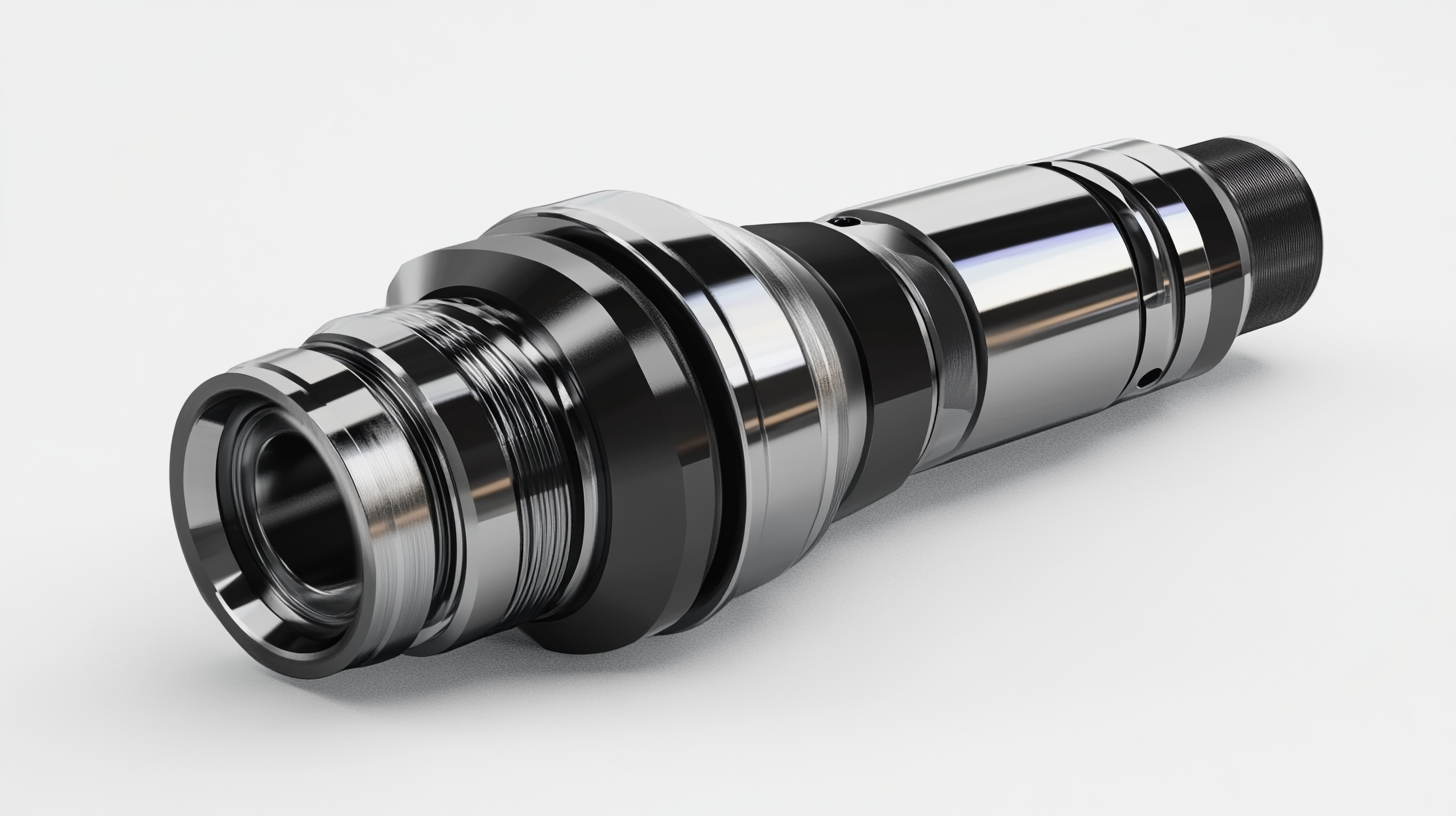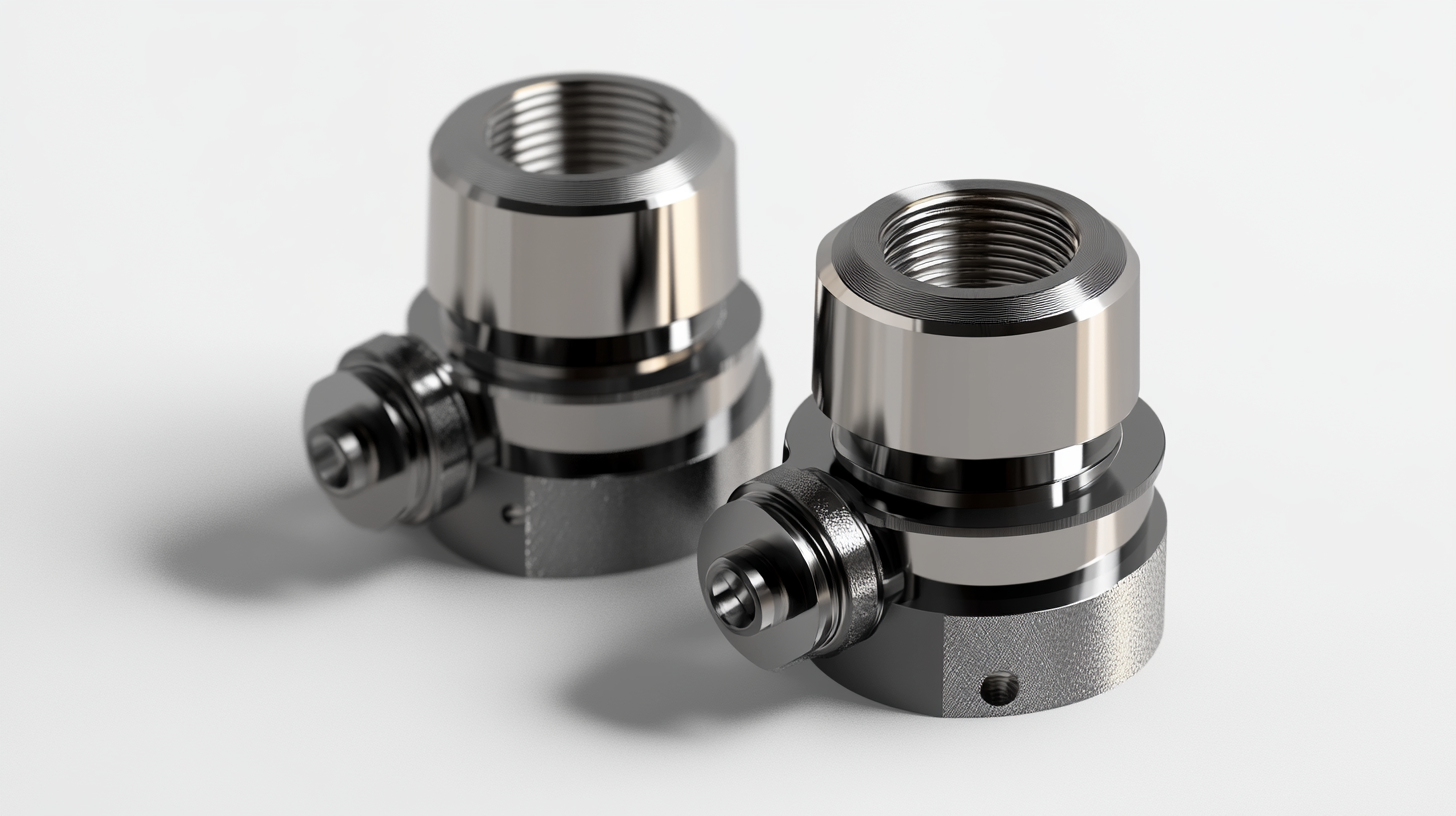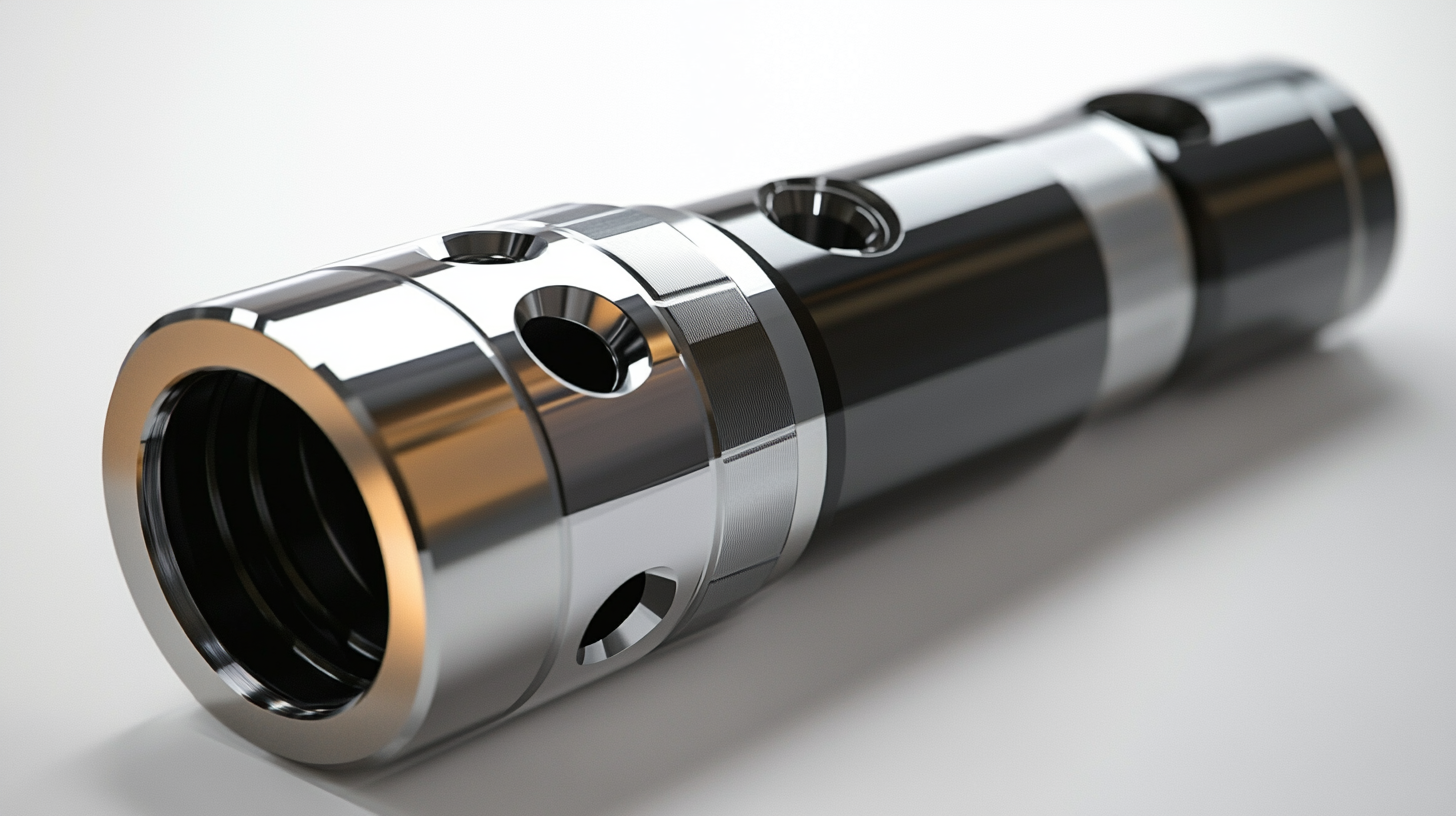
- sales@bjbod.com
- Mon - Sat at 7:00AM to 9:00PM

In the world of precision machining, the efficiency and performance of your machinery are paramount to producing high-quality products. One of the key components that can significantly influence the outcome of your milling operations is the Milling Chuck Collet. These collets serve as essential clamping mechanisms, securing cutting tools with precision and stability, thereby enhancing the overall accuracy of milling processes. However, not every Milling Chuck Collet performs at its best right out of the box; optimization is often required to unlock its full potential. In this blog, we will explore the secrets to enhancing the performance of your Milling Chuck Collet, covering essential tips, best practices, and maintenance techniques that will ensure you maximize both tool life and machining efficiency. Whether you're a seasoned machinist or new to milling, understanding these strategies will empower you to take your milling operations to the next level.

Precision is a critical factor in the performance of milling chuck collets. According to a report by the International Machine Tool Builders Association, precision components substantially enhance machining accuracy, with tolerances as tight as 0.001 inches demonstrating a significant reduction in production errors. This level of precision ensures that tools are held securely, maintaining consistent cutting depths and improving overall surface finishes. When milling chuck collets exhibit higher precision, they directly contribute to minimizing tool wear and optimizing productivity.
The impact of precision extends beyond mere accuracy; it also affects the efficiency and lifespan of milling tools. Data from a recent survey by Modern Machine Shop indicated that businesses utilizing high-precision collets experienced up to a 25% increase in tool life due to reduced vibration and improved clamping force. Furthermore, as precision milling components become more widely adopted, organizations report lower cycle times and enhanced material removal rates. This signifies that investing in high-quality milling chuck collets is not just beneficial but necessary for achieving competitive advantage in today’s manufacturing landscape.
| Parameter | Description | Impact on Performance | Optimal Range |
|---|---|---|---|
| Runout | The deviation from the true circular motion of the collet | Higher runout leads to increased wear and poor surface finish | <0.001 inch |
| Grip Strength | The ability of the collet to hold the tool securely | Insufficient grip can cause tool slip and damage | Adjustable based on tool material |
| Material Quality | The type and quality of materials used in the collet's construction | Low quality materials can lead to failure under load | High-grade steel or alloy |
| Taper Angle | The angle at which the collet fits into the spindle | Precision fit is critical for minimizing runout | Standardized according to tool specifications |
| Maintenance Frequency | How often the collet is checked and maintained | Regular maintenance increases lifespan and performance | Every 50 hours of operation |
In milling applications, optimizing tool life is paramount to enhancing overall machining efficiency and cost-effectiveness. Key factors influencing tool life include the selection of the right materials, coatings, and tool geometries, as well as cutting parameters such as speed, feed rate, and depth of cut. Recent studies have emphasized the importance of using advanced materials, such as cryogenically treated tungsten carbide, which has shown significant improvements in tool wear resistance when machining challenging materials like stainless steel.
Another critical aspect is understanding the machinability of different materials, such as aluminum alloys, which can greatly affect surface integrity and tool longevity. By fine-tuning milling parameters tailored to specific alloys, manufacturers can achieve better surface finishes and minimize tool degradation. The impact of toolholder selection also cannot be overstated; a firm grip is essential for maintaining stability during machining processes, ultimately leading to improved tool performance and extended life. Integrating these strategies into milling operations will not only optimize tool life but also enhance overall productivity in manufacturing environments.

The performance of milling chuck collets is significantly influenced by runout, a crucial factor affecting machining accuracy and surface finish. Runout refers to the deviation of a rotating tool's axis from a perfect circular path, which can lead to undesired vibration and inconsistent cutting conditions. Research indicates that even minimal runout can exacerbate tool wear, particularly in micro-milling applications where precision is paramount. Studies have shown that the effect of runout is intensified in smaller tools, highlighting the need for stringent monitoring and correction to maintain optimal cutting performance.
Moreover, the relationship between runout and surface roughness is critical, as evidenced in various cutting tests. For instance, a unified cutting mechanics model reveals that the cutting forces during milling operations are intricately linked to the geometric parameters of the tools used. Accurate characterizations of these parameters enable manufacturers to predict surface finishes more reliably. Additionally, advances in toolholding systems, like high-precision collet chucks, have demonstrated improvements in minimizing runout, thereby enhancing overall machining efficacy and product quality. As industries continue to demand tighter tolerances, understanding and optimizing runout will be essential for maintaining competitive advantages in precision machining.
Maintaining your milling chuck collets is crucial for achieving optimal performance in your machining operations. Regular care can prolong the life of your collets and ensure precise workpiece holding. One of the best practices is to clean the collets after each use. Debris, chips, and coolant can accumulate in the collet's grooves, leading to imbalance during operation. A gentle brush and appropriate cleaning solvent can help prevent any build-up that might affect the accuracy of your milling tasks.
Additionally, inspection of collet wear is essential. Look for signs of deformation or cracking, as these issues can significantly impact gripping capability. Regularly replacing worn collets not only maintains efficiency but also enhances safety in the workspace. Proper storage is another critical point; keeping collets in a designated container devoid of moisture will help prevent rust and degradation. By following these maintenance practices, you can unlock the full potential of your milling chucks, ensuring they remain reliable components in your machining arsenal.
This chart illustrates the estimated performance impact of various best practices for the maintenance and care of milling chuck collets. Regular maintenance and proper usage significantly improve overall performance.
At the forefront of advancements in milling technology, collet design is crucial for improving performance and efficiency in machining processes. Recent innovations, such as those showcased by HAIMER at EMO 2023, highlight how cutting-edge tool clamping technology can significantly enhance the precision and reliability of milling operations. By integrating advanced materials and precise engineering, modern collets are capable of exerting consistent clamping force, reducing vibrations and improving tool life while ensuring optimal machining results.
The evolution of collet design also emphasizes functionality and ease of use. Enhanced features like quick-release mechanisms and self-tightening capabilities allow for faster tool changes and increased productivity on the shop floor. As manufacturers strive for better efficiency, incorporating these technical innovations not only maximizes the potential of existing machining setups but also drives the industry towards smarter, more connected operations. The integration of IoT in tool clamping can further revolutionize how we approach milling, ultimately leading to a more streamlined workflow and superior results in precision machining.
